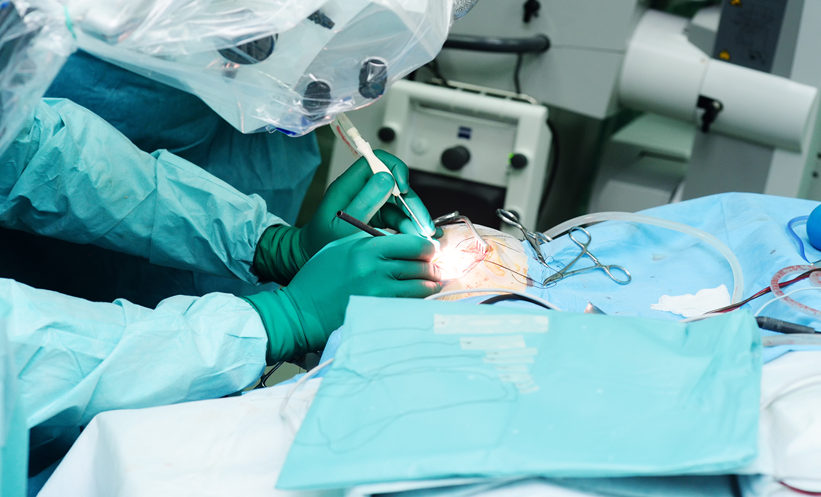A CAPTIVATING new study led by researchers from the Mayo Clinic reports of a new surgical platform capable of identifying isocitrate dehydrogenase (IDH) mutations in gliomas in under two minutes. Gliomas, notorious for their infiltrative nature, present significant challenges for surgeons aiming to remove tumour tissue while preserving healthy brain function. Traditional methods rely heavily on microscopic examination of tissues, which can be slow and may not provide detailed molecular information critical for precise tumour removal.
The study involved collaboration between teams from the Mayo Clinic in Florida, USA, and Huashan Hospital in Shanghai, China. These teams independently developed and tested two mass spectrometry (MS) workflows designed to detect the oncometabolite 2-hydroxyglutarate (2HG), which accumulates in IDH-mutant tumours. By measuring the ratio of 2HG to endogenous glutamate (Glu), the researchers could determine IDH mutation status with remarkable accuracy.
The analysis included 240 small tissue biopsies from patients who had undergone brain surgery for suspected glioma between 2021-2023. Additionally, an independent contributor provided 137 biopsies extracted from tumour cores and neighbouring areas to identify potential metastases. These tissue samples were then analysed intraoperatively by mass spectrometry to identify IDH mutations.
The results of the study were highly promising, with both workflows demonstrating high accuracy in determining IDH mutation status from core tumour biopsies. The sensitivity, specificity, and accuracy were all 100% for both methods, regardless of the IDH1 or IDH2 genotype. Notably, both workflows detected high concentrations of 2HG at surgical margins, indicating the presence of IDH-mutant tissue beyond the visible tumour border. This capability suggests the potential for intraoperative monitoring of clean surgical margins.
The implications of these findings are profound. With the ability to distinguish IDH-mut gliomas from non-infiltrated brain tissue, surgeons can make more informed decisions during surgery, potentially leading to improved prognoses for patients. Additionally, the rapid and accurate molecular measurement offered by MS holds promise for tailoring treatment regimens to the molecular features of each patient’s tumour, a cornerstone of personalised medicine.
Reference
Quinones-Hinojosa et al. Rapid detection of IDH mutations in gliomas by intraoperative mass spectrometry. Proc Natl Acad Sci U S A. 2024; 121(23):e2318843121








